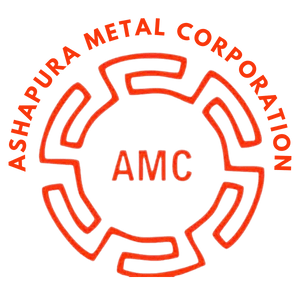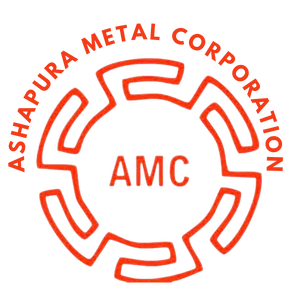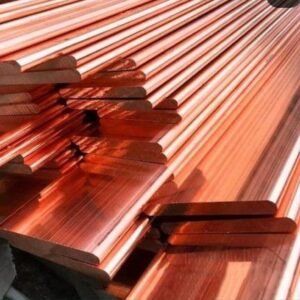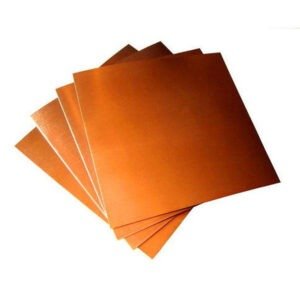Chemical Composition
| Grade | Copper Content (%) | Description |
| C12200 | 99.9% | Phosphorus-deoxidized (DHP) |
| C11000 | 99.9% | Electrolytic Tough Pitch (ETP) |
| C10200 | 99.95% | Oxygen-Free Copper (OF) |
- C12200 is the most common for plumbing due to its weldability and corrosion resistance.
Mechanical & Physical Properties
| Property | Value |
| Density | 8.96 g/cm³ |
| Melting Point | 1083°C (1981°F) |
| Electrical Conductivity | ~97–100% IACS |
| Thermal Conductivity | ~385–400 W/m·K |
| Tensile Strength | 200–360 MPa (depending on temper) |
| Pressure Rating | 200–1200 psi (depends on size and type) |
| Temperature Resistance | Up to 400°F (204°C) in water systems |
Copper Pipe Types
🔹 Based on Wall Thickness (U.S. Types)
| Type | Wall Thickness | Color Code | Typical Use |
| Type K | Thickest | Green | Underground water, high pressure |
| Type L | Medium | Blue | Residential and commercial plumbing |
| Type M | Thin | Red | Low-pressure, indoor water systems |
| DWV | Very thin | Yellow | Drain-Waste-Vent (not for pressure) |
International Pipe Types
- EN 1057 (Europe): Hard (R290), Half-hard (R250), Soft (R220)
- IS 2501 (India): For water, gas, sanitation
Manufacturing Process
- Melting and casting high-purity copper billets
- Hot extrusion or piercing to form hollow tubes
- Cold drawing to reduce diameter and wall thickness
- Annealing for flexibility (optional)
- Cutting, finishing, and testing
Common Sizes
| Nominal Size (inch) | Outer Diameter (OD, mm) | Wall Thickness (mm) |
| 1/4″ | 6.35 | ~0.8–1.0 |
| 1/2″ | 12.7 | ~0.9–1.2 |
| 3/4″ | 19.05 | ~1.0–1.5 |
| 1″ | 25.4 | ~1.2–1.6 |
| 2″ | 50.8 | ~1.5–2.0 |
Available in both imperial and metric standards.
Joining Methods
- Soldering (soft or hard)
- Brazing (for high-temp and gas lines)
- Compression fittings
- Push-fit fittings
- Threaded connections
- Welding (for thicker pipes or industrial use)
Applications
| Industry | Use Case |
| Plumbing | Hot/cold water distribution |
| HVAC | Refrigerant lines, air conditioning systems |
| Medical | Medical gas supply systems |
| Firefighting | Sprinkler systems (Type L or K) |
| Gas Supply | LPG, natural gas pipelines (brazed, not soldered) |
| Solar | Solar water heaters and heat exchangers |
Advantages of Copper Pipes
- Corrosion-resistant and durable
- Handles high pressure and temperature
- Naturally antimicrobial (inhibits bacterial growth)
- Recyclable and eco-friendly
- Fire-resistant (does not burn or release toxic gases)
- Compatible with soldering, brazing, and push-fit systems
Limitations
- Higher cost than PVC or PEX
- Can corrode in highly acidic or hard water
- Requires skilled labor for soldering or brazing
- Not flexible (especially Type L and K)
Relevant Standards
| Standard Body | Code / Name |
| ASTM | B88 (Seamless copper water tube) |
| ASME | B16.22 (Fittings) |
| ISO | 9330, 274 |
| EN | EN 1057 (Copper tubes for water/gas) |
| IS | IS 2501 (Indian Standard) |
| UL/FM | Fire-protection system certifications |








Reviews
There are no reviews yet.